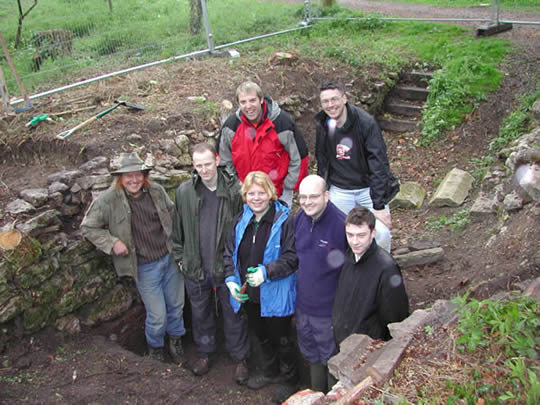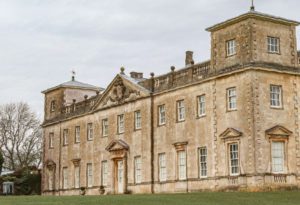Taking the Plunge
In the news recently was the story that David and Victoria Beckham want to create a new lake on their estate in the Cotswolds. The report described the existing landscape features of their park and mentioned that they already have a plunge pool. In this they are following a long tradition stretching back to Ancient Greek and Roman times. In the 18th century the fashion for plunge pools was revived alongside a fashion for sea and other bathing. Different sorts or water – river, mineral springs and lake waters – were considered beneficial for various different ailments. Cold baths became fashionable as a cure for leprosy, asthma, rickets madness and to counteract the effects of over-eating and over-drinking. Some doctors recommended plunging in head first, others suggested that it was better to walk in and then duck under several times.
Finding an open-air plunge pool is rare and the one at Lydiard Park is a fascinating example. Prior to the restoration work in 2006 there were just a couple of intriguing stone steps near the lake, leading nowhere. The assumption was that it had been a boat house or a holding tank for freshwater fish or mussels, until a brick wall at the lake end and a stone ashlar floor were discovered. Volunteers from RWE Npower helped excavate it and uncover the evidence that it had been a cold bath, filled from the lake. The type of brick and mortar used suggests it was built around 1820 when Sir George Richard St. John, the 3rd Viscount Bolingbroke, owned Lydiard. Today the water doesn’t come up to its edge so it looks stranded – but in the 19th Century the lake was at a slightly higher level so it could fill naturally. One can imagine Sir George and his guests taking the plunge in the healthful waters of the Lydiard Park lake.

